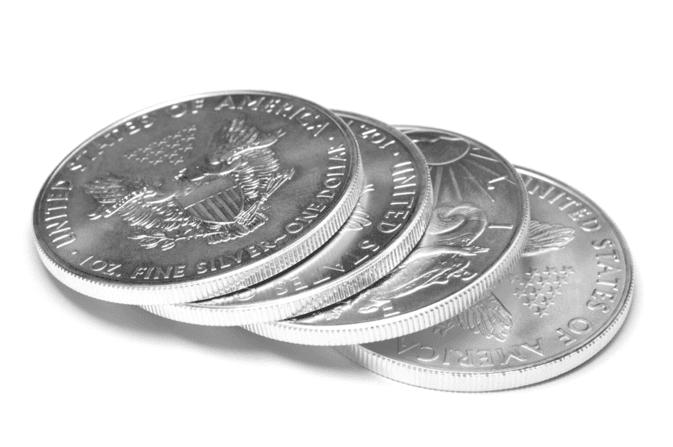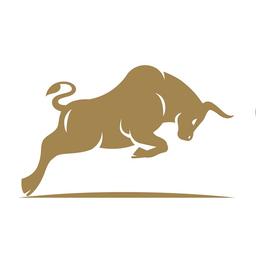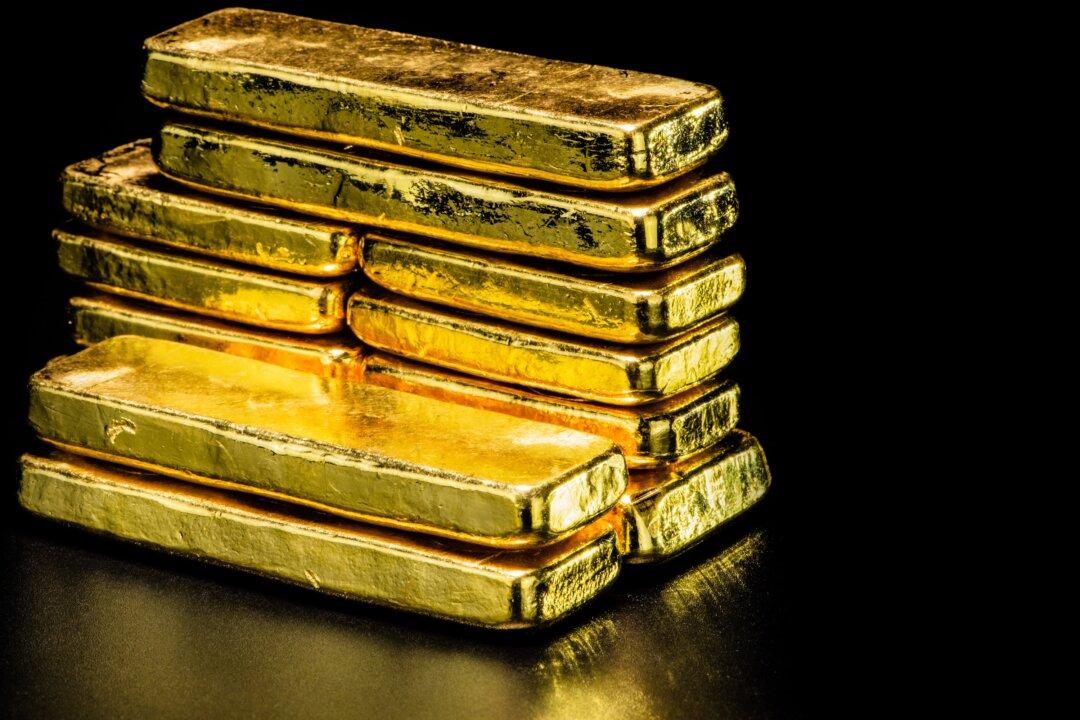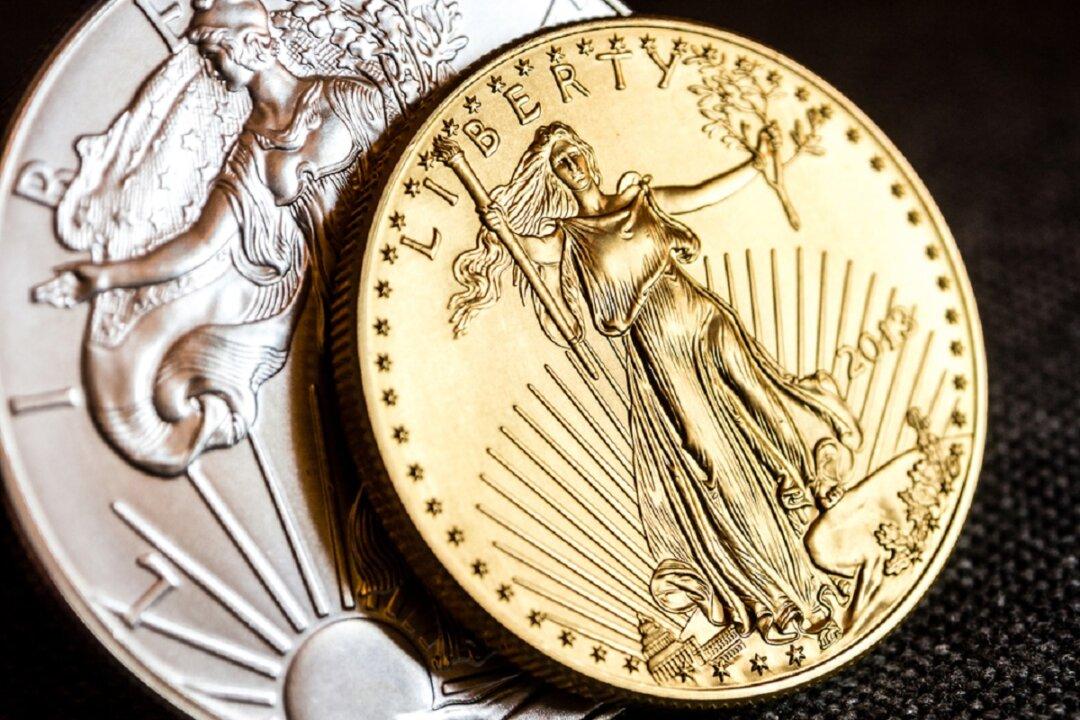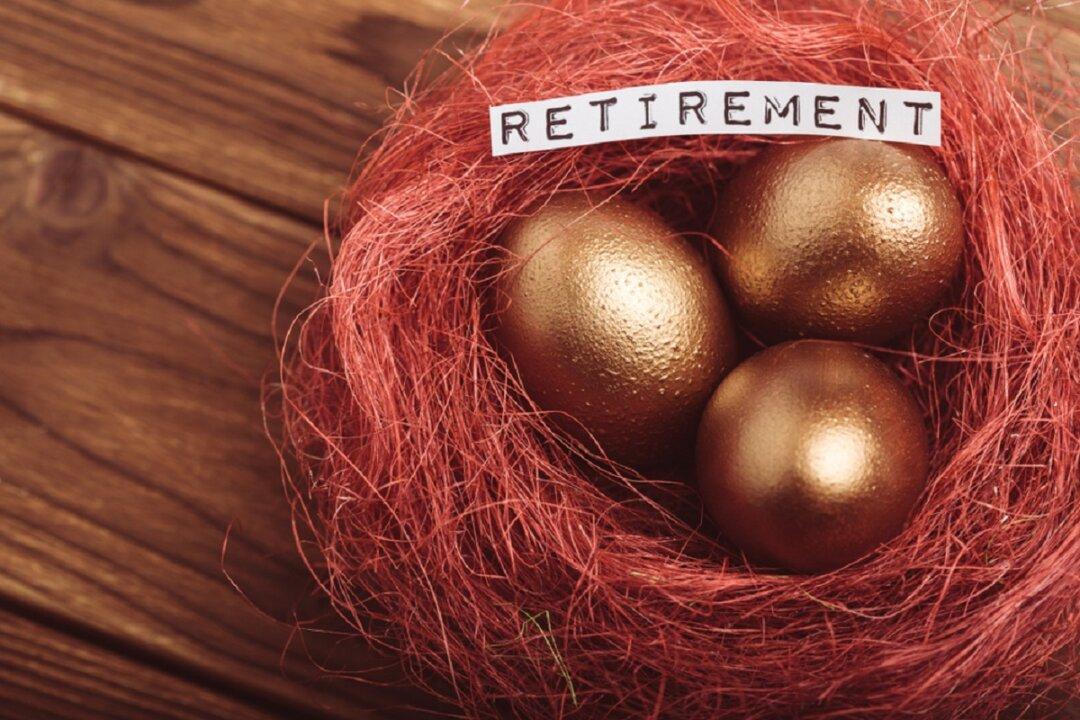During tumultuous financial periods when the market is anything but certain, investors flock to the precious metals market as a safe, low-risk option for diversifying their portfolios. Specifically, seasoned investors and hard-asset enthusiasts pay close attention to the gold-silver ratio, which dictates the market strategy of many business owners and entrepreneurs.
Many investors closely monitor this ratio to determine how they wish to diversify the amount of precious metal in their portfolios. As the demand for silver remains constant and financial circumstances shift the market landscape rapidly, is silver playing catch-up to gold?
